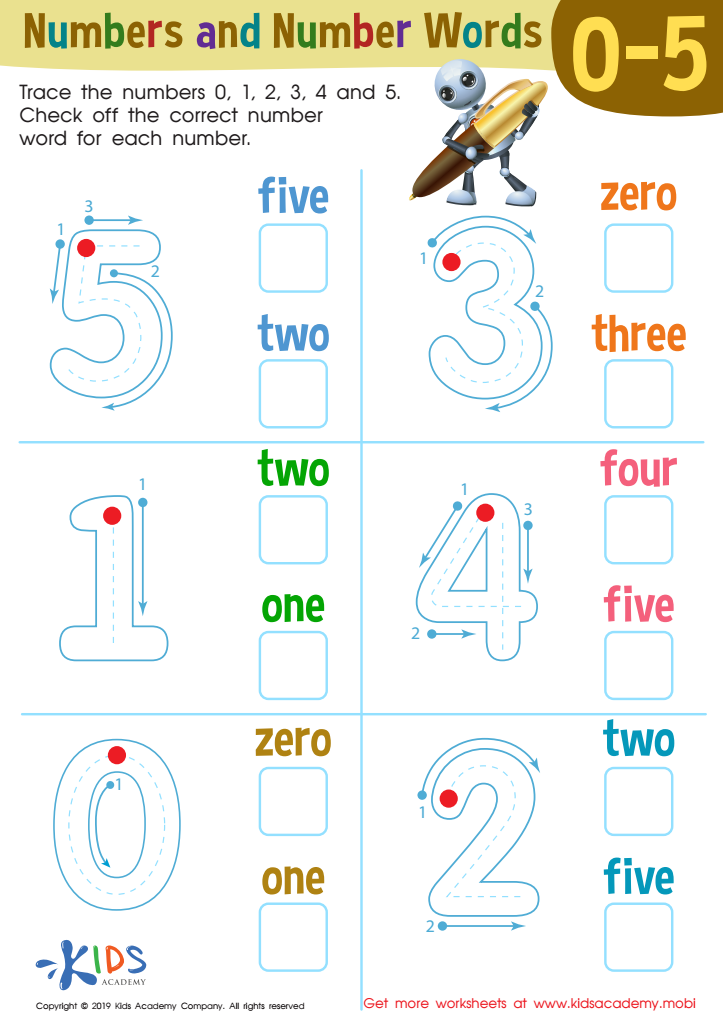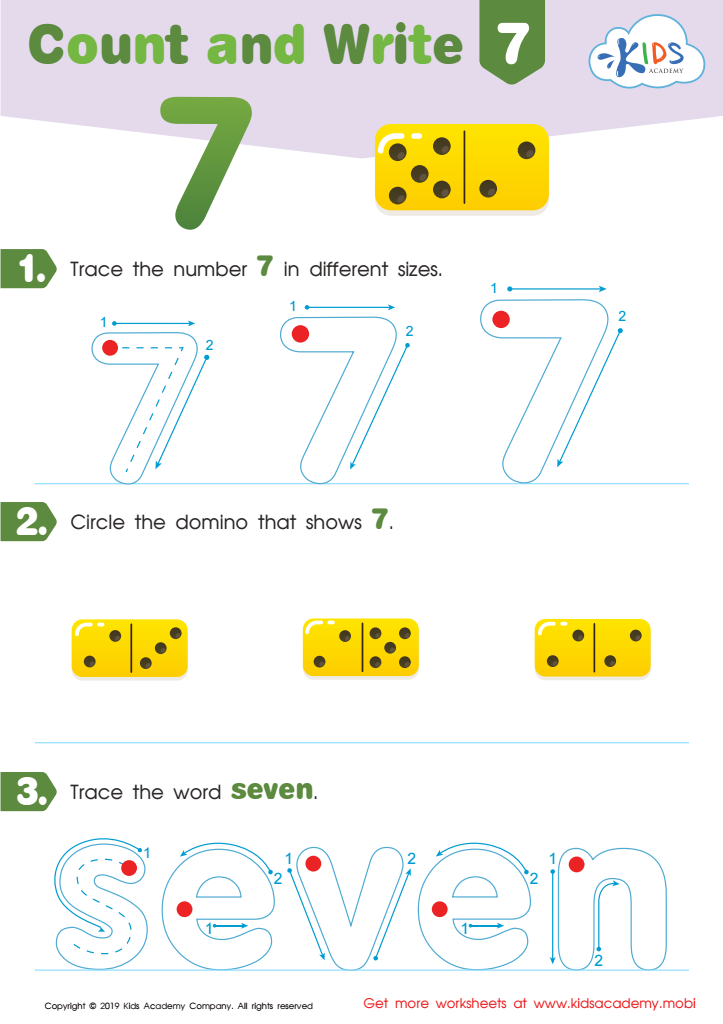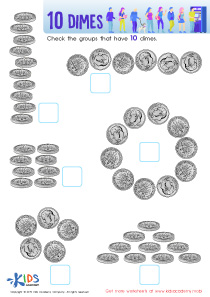Easy Tracing worksheets activities for Ages 5-6
18 filtered results
-
From - To


Christmas Tree Tracing Winter Words Worksheet


Snowflake Tracing Winter Words Worksheet


Composing a Robot's Face of Crescents And Stars Worksheet




Kindergarten Number Tracing: Counting in Charts Worksheet


Numbers and Number Words Worksheet


Count and Write 7 Worksheet


Count and Trace 4 – 6 Worksheet


Counting Shapes Worksheet


Count and Trace 1 – 3 Worksheet


Write 0 Worksheet


Deer Tracing Winter Words Worksheet


Finding 2: In the Ocean Worksheet


Number Tracing Worksheet For Kindergarten


Make it Plural Worksheet


Drawing Ovals And Triangles with Fun Printable


Number Tracing Worksheet


Tracing Lines Worksheet
Easy tracing worksheets activities are incredibly beneficial for children, especially in the early stages of their development. These simple yet effective tools not only support the fine motor skill development necessary for writing but also enhance cognitive abilities, attention to detail, and spatial awareness. Let’s explore why incorporating easy tracing worksheets activities into a child’s learning regime can be so advantageous.
First and foremost, easy tracing worksheets activities serve as a foundational step towards developing fine motor skills. As children trace shapes, lines, and letters, they learn to control their pencil with precision, which is crucial for handwriting. This control is essential not only for writing but also for other tasks requiring dexterity, such as tying shoelaces or buttoning clothes.
Moreover, easy tracing worksheets activities are designed to be engaging and fun, which encourages children to practice more frequently. The satisfaction of successfully tracing over lines and shapes can boost a child’s confidence, making them more eager to tackle new challenges. This positive reinforcement is key in fostering a love for learning from a young age.
Cognitively, tracing activities can enhance a child’s ability to focus and pay attention to detail. By following specific patterns, children learn to observe and replicate, which sharpens their visual discrimination skills. This attention to detail is beneficial not only in academic settings but in daily life as well.
Furthermore, easy tracing worksheets activities can introduce children to the concept of spatial awareness. Understanding the orientation and placement of lines and shapes on paper can improve a child’s ability to visualize and manipulate objects in space, a skill that is vital in subjects such as mathematics and science.
In conclusion, easy tracing worksheets activities are more than just simple pastimes. They are instrumental in developing critical skills that children will use throughout their lives. By incorporating these activities into early education, we can provide children with a strong foundation for future learning and development.
 Assign to the classroom
Assign to the classroom












